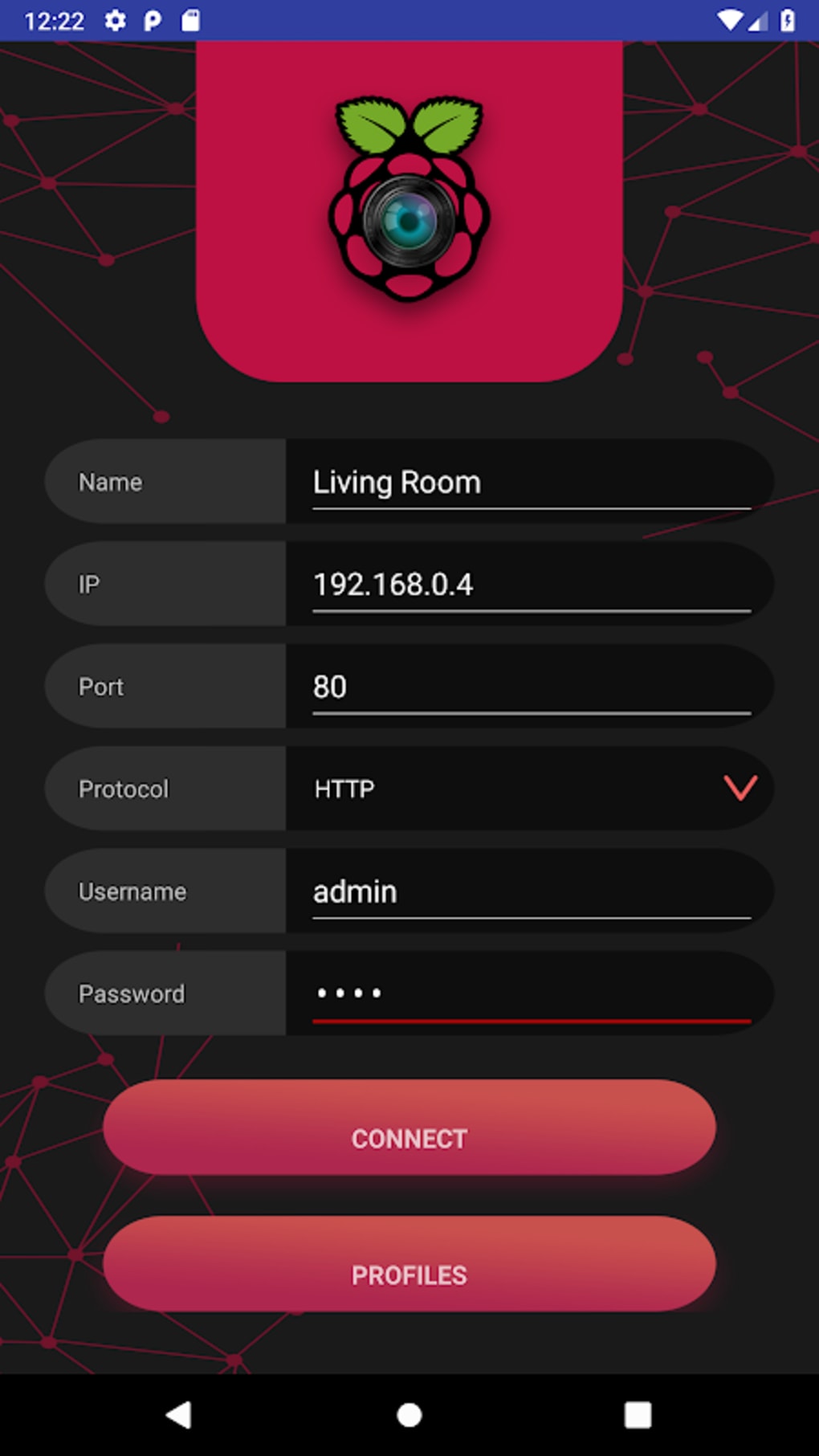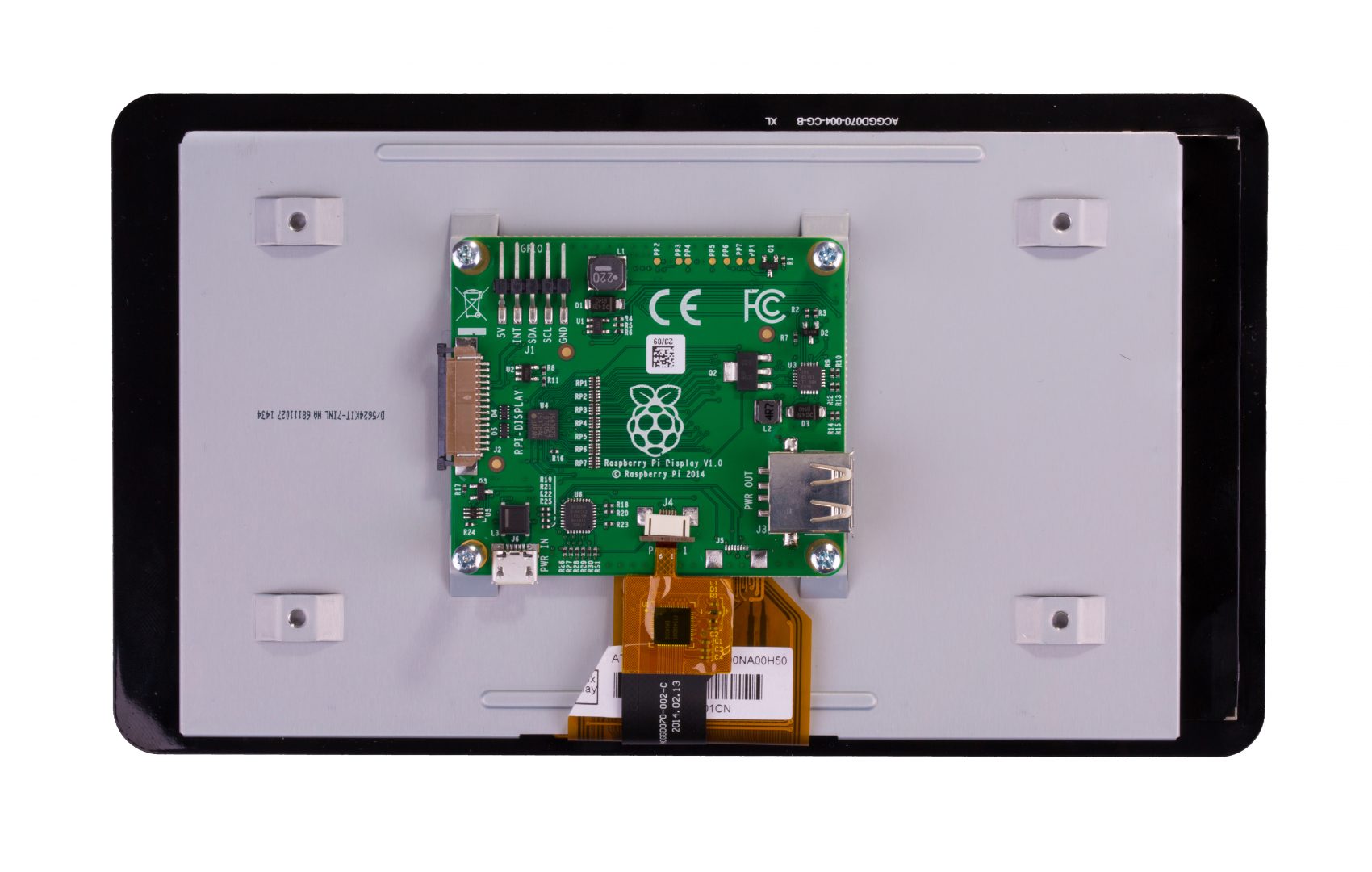Are you wrestling with the challenge of keeping tabs on your Raspberry Pi devices scattered across different locations? The ability to remotely monitor your Raspberry Pi, without incurring extra costs, is not just a convenience; it's a necessity for anyone involved in projects that demand reliable, hands-off management.
The increasing prevalence of Raspberry Pi computers, deployed in a multitude of settings, from home automation systems to industrial control units, has created a pressing need for efficient remote monitoring solutions. The ability to remotely access and manage these devices from anywhere is paramount, enabling users to diagnose issues, ensure optimal performance, and maintain the integrity of their projects without being physically present. The challenge lies in finding reliable, user-friendly, and, crucially, cost-effective methods to achieve this. This article delves into the realm of free applications and techniques, providing a comprehensive guide to empower you to monitor your Raspberry Pi installations remotely, without spending a dime.
One of the primary motivations behind remote monitoring is the need to assess the "health" of the hardware. This includes vital indicators such as CPU usage, RAM utilization, storage capacity, and network performance. These metrics provide insights into the overall stability and operational status of the Raspberry Pi. In a scenario involving a headless Raspberry Pi, one without a connected monitor, the ability to monitor remotely becomes even more critical. Without a display, the user needs a method to access the device's status and respond to potential issues.
The solutions available for remote monitoring are varied. The most fundamental and widely used is SSH (Secure Shell), a protocol that provides secure access to the command line of the Raspberry Pi. Using SSH, users can execute commands, manage files, and perform other administrative tasks. Beyond SSH, a range of free applications and services offer more advanced features, such as real-time monitoring of system resources, the ability to view camera feeds, and the option to receive notifications regarding critical events. These options often provide a more user-friendly experience and allow users to customize their monitoring setup to meet their specific needs.
Consider a project with multiple Raspberry Pi computers spread across various remote sites. These devices could be part of a home automation setup, a data logging system, or even a network of surveillance cameras. Without remote monitoring capabilities, managing these devices would be a logistical nightmare. Any issue, whether it be a software glitch or a hardware failure, would require a physical visit to the location of the Raspberry Pi. Remote monitoring eliminates this hassle, allowing administrators to diagnose and address problems from a central location, saving time, resources, and ensuring system uptime.
Beyond basic system monitoring, the best remote monitoring tools offer additional features. These might include file management capabilities, allowing users to copy, paste, delete, and download files from the Raspberry Pi. They might also offer the ability to view images from a connected camera. Advanced applications often incorporate custom widgets, allowing users to tailor their monitoring dashboards to display the most relevant information at a glance.
Raspberry Pi Connect offers a free screen sharing and remote shell service provided by Raspberry Pi. This provides easy remote access to the command line and allows users to view the Pi's desktop. Another option is the RaspController application, which allows for remote file management, GPIO port control, command execution via the terminal, and the ability to view camera images. It also provides data from connected sensors. The choice of the tool depends on the specific needs of the project and the user's familiarity with the different options.
Some solutions also include features like Wake-on-LAN (WoL) capabilities. This allows the user to remotely power on the Raspberry Pi. The WoL feature is invaluable in cases where the Raspberry Pi needs to be restarted after a crash or is intentionally shut down for energy savings. Beyond these readily available tools, there are also options that are geared specifically toward web-connected, headless Raspberry Pis, which may be performing functions such as computer vision. In such scenarios, having remote access to the camera stream, alongside any bounding boxes or other detections the Pi is making, is extremely useful.
The need for remote monitoring extends across various applications. It is useful for home automation, server management, and surveillance setups. The ability to remotely access a Raspberry Pi from anywhere is invaluable. This capability allows users to monitor the system, control its functions, and address any issues that arise. For instance, consider the use case of a home automation system. The homeowner can check the status of the Raspberry Pi from anywhere, controlling lights, temperature, and other devices remotely. Furthermore, a surveillance setup can provide real-time access to camera feeds, allowing the owner to monitor their property from a distance.
The use of SSH keys is another important consideration. Using SSH keys instead of passwords enhances the security of the remote access process. The user can generate a private/public key pair, and the public key is placed on the Raspberry Pi. This eliminates the need to enter a password when connecting, making the process more convenient and more secure. The implementation of SSH keys is crucial for securing remote access to the Raspberry Pi. This prevents unauthorized access, which can compromise the security of the system.
The market offers a variety of applications for Raspberry Pi system monitoring. There are many tools available. The choice of a suitable application depends on individual needs. Several apps allow the management of files, control of GPIO ports, and running commands directly through the terminal. Also, the viewing of images from a connected camera, obtaining data from different sensors, and also the possibility to use custom widgets, are important aspects. The choice depends on the specific use case.
The use of apps for monitoring your Raspberry Pi remotely simplifies the task of managing it. Remote access is now an essential skill. Whether you are managing a home automation system, running a server, or operating a surveillance setup, the ability to access your Raspberry Pi from anywhere is invaluable. This guide explores the best free applications and methods for monitoring a Raspberry Pi. The methods presented in this article will help you to manage your Raspberry Pi effortlessly.
For instance, consider a situation where you have a Raspberry Pi with a camera connected to it, and it's running a computer vision application performing detections. The Raspberry Pi might be installed at a remote location, and it's not connected to a monitor. The typical user interface would display the live camera video stream and draw bounding boxes around any detected objects, while printing information to the terminal. Using a remote monitoring solution, you can still see the camera feed, view the bounding boxes, and assess the performance of the computer vision application.
The ultimate goal is to have complete control over the system. The system needs to be constantly monitored to keep it running smoothly. Monitoring your Raspberry Pi remotely using an app has become an essential skill for hobbyists, developers, and IT professionals alike. Whether you're managing a home automation system, running a server, or operating a surveillance setup, the ability to access your Raspberry Pi from anywhere is invaluable.
Sometimes, it's necessary to access the Raspberry Pi remotely without a display. In those scenarios, the monitoring methods that provide access to the command line and file system are most useful. A file manager allows exploring the contents of the Raspberry Pi, copy, paste, delete, download and visualize properties of files. The shell SSH allows the user to send custom commands to the Raspberry Pi. CPU, RAM, storage, and network monitoring become critical for maintaining system stability. The camera option allows showing the images of the camera connected to the Raspberry Pi.
One of the most interesting areas where remote monitoring is valuable is in the setup of solar inverters. Several advanced solutions are available on the market for this purpose. These applications provide significantly more detailed information, and a superior user experience when compared to what is currently available for many commercial inverter setups. This includes the ability to monitor an entire cluster of inverters, the ability to access it remotely via the internet, and also the ability to access the data locally through the home network.
The ability to monitor your Raspberry Pi remotely offers unparalleled flexibility. It allows you to maintain oversight of your projects, perform troubleshooting, and ensure the optimal performance of your devices, no matter where you are. By utilizing the free apps and methods outlined in this guide, you can gain the control and visibility you need, without the added expense. This unlocks a new level of efficiency, allowing you to focus on the exciting aspects of your projects, confident in the knowledge that you can always stay connected and in control.


